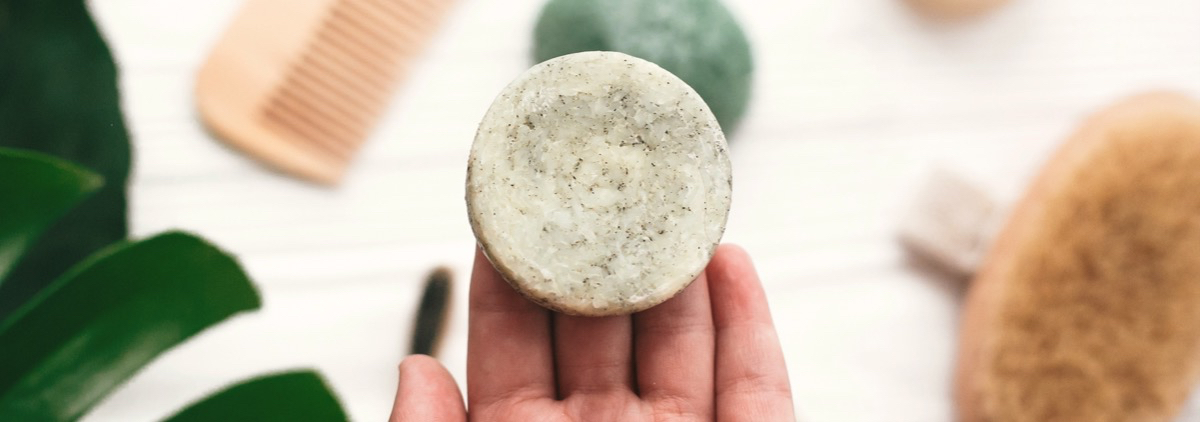A comprehensive look at beauty and personal care market trends for 2023
Fueled by the increasing popularity of digital channels and customers willing to pay more for higher quality products, the personal care industry is expected to exceed $716 billion by 2025, and by 2027, it is projected to reach $784.6 billion, up from $483 billion in 2020 and $511 billion in 2021. Asia-Pacific and North America account for over 60% of the global beauty market. Despite the rise of online shopping, traditional retail chains still hold the largest share of the market in the US, where e-commerce is predicted to hit 48% penetration by 2023[1].
Millennials and Gen Z have become the biggest drivers of new business. The rise of social shopping and the widespread availability of consumer packaged goods online have created new opportunities for direct-to-consumer brands, particularly among Millennials and Gen Zers. Startups looking to enter the personal care market should leverage the power of influencers to build their brand. Legacy brands only make up for 3% of total views, while individual vloggers control 97% of views[2]. Consumer loyalty is waning, with legacy corporations giving way to up-and-coming DTC brands.
Top personal care and beauty trends for 2023 include the growth of subscription services and pop-up shops, the increasing diversity, influencer marketing gaining traction, and the adoption of new technologies like AR, VR, and AI to engage customers and improve product discovery[3].
Solid beauty: a disruptive force in the personal care market
Solid beauty has gone mainstream[4]: the demand for green, natural and clean beauty products is the top trend in the personal care and beauty market over the next five years[5]. More and more consumers are choosing solid beauty products, like solid soap and shampoo, because they reduce packaging waste and water consumption[6]. In addition, solid beauty products are higher-quality[7], as mixing water with active ingredients can damage the product over time. The pandemic has also played a role in the growth of the solid beauty market, as consumers have now come to prioritize hygiene, clean beauty, ingredient safety as well as sustainable packaging and supply chain transparency[8].
Navigating the personal care market in the age of clean beauty
The clean beauty trend began with a focus on “free-from” products — products that were free from harmful ingredients, such as parabens, sulfates, and phthalates. Over half of the beauty and personal care products sold in the US are now paraben-free[9]. The clean beauty industry is now shifting towards sustainability[10], with sales for products marketed as “vegan”, “cruelty-free”, and “plastic-free” seeing higher than average growth rates. When shopping for beauty and personal care products, consumers are increasingly prioritizing natural ingredients (40.2%), environmental respect (17.6%), and reusable and recyclable packaging (7.9% and 15.8%, respectively)[11].
Why green beauty products are thriving
Driven by rising income, the demand for natural and sustainable beauty products is growing, with consumers increasingly prioritizing effectiveness and ingredients over price. The global green beauty market is expected to reach $54.5 billion by 2027[12], with growth driven by consumer concerns about toxicity and a desire for safe, fragrance-free products made with natural ingredients and essential oils. Marketing strategies that focus on quality and sustainability, such as the use of customer reviews and eco-friendly formulations, are key to success in the competitive personal care industry. In particular, Millennials and Gen Z have a strong preference for organic and environmentally-friendly products, especially in the US, where they have above-average expenditure on personal care products.
Exploring the latest trend in machine technology and packaging
Consumers are looking for personal care products that allow them to express their individuality and are becoming more conscious of the waste they produce through packaging. As a result, brands are looking for packaging that is appealing, unique, and sustainable. In order to stay relevant in an ever-changing market, packaging machines must be adaptable and upgradeable. ACMA is a worldwide leading manufacturer of packaging machinery offering both new equipment machines and upgrade kits for Personal Care. Our portfolio for soap bars and solid beauty can manage a wide range of eco-friendly materials, like recyclable plastic (PP, BOPP and OPP), paper-based materials or cardboard boxes. Our wrapping, cartoning and flow packing machines are designed to be flexible and adaptable to any new request rising from the market, able to handle the physical characteristics of many materials and returning excellent quality packaging. Additionally, our bottle filling machine completes the offer for liquid soap, capable of running 100% recyclable plastic bottles and caps of multiple shapes. We offer these solutions to help brands create appealing, unique, and sustainable packaging for their customers.
If you're looking for a partner to expand into the beauty and personal care market, please contact us: we have what you are looking for.
[1] Source:Common Thread
[2] Source:Common Thread
[3] Source:Common Thread
[4] Source:Vogue
[5] Source:Euromonitor's Voice of the Industry: Beauty and Personal Care
[6] Beauty products typically contain between 60% and 90% water, while bar soaps contain very little or no water at all. Source:The International Natural and Organic Cosmetics Association
[7] Source:The International Natural and Organic Cosmetics Association
[8] Source:Euromonitor
[9] Source:Nielsen IQ
[10] Source:Nielsen IQ
[11] Source:Nielsen IQ
[12] Source:Common Thread
